(3500 products available)
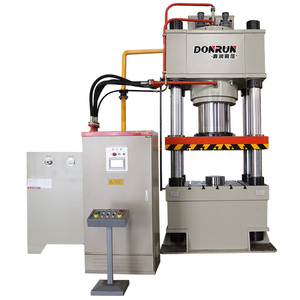


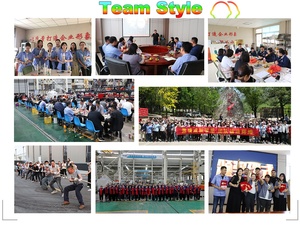






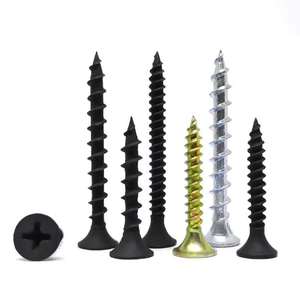
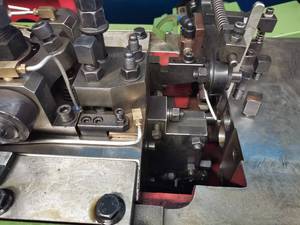

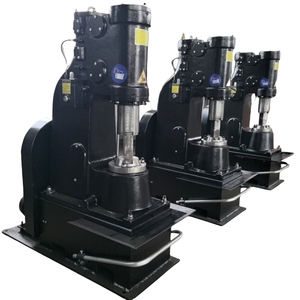



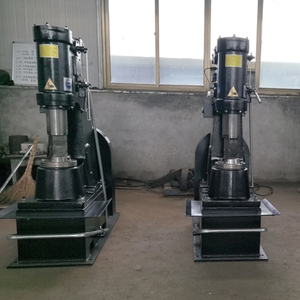
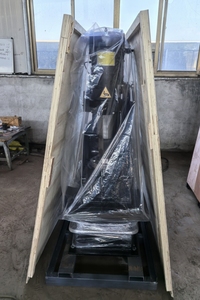










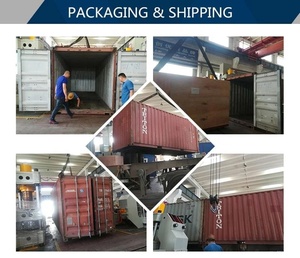



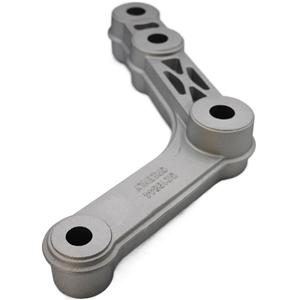

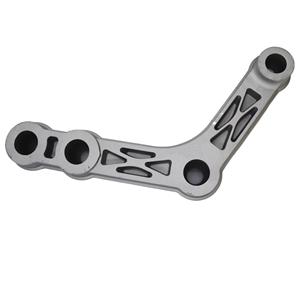
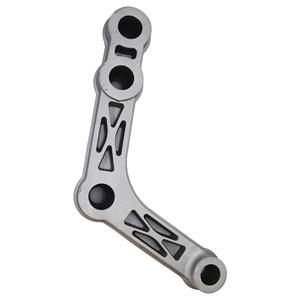


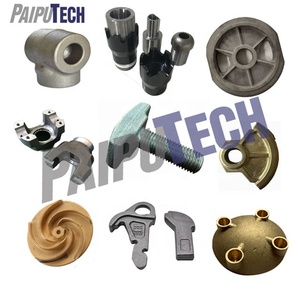

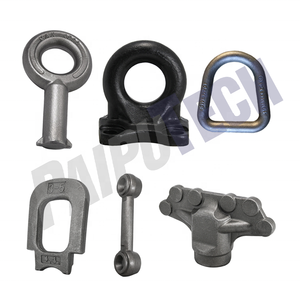













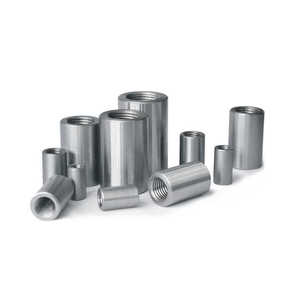








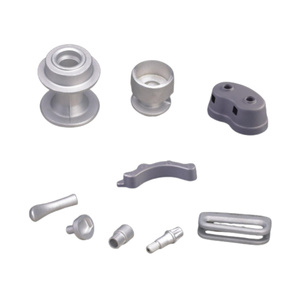

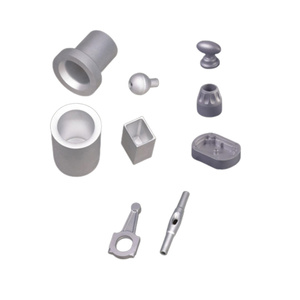
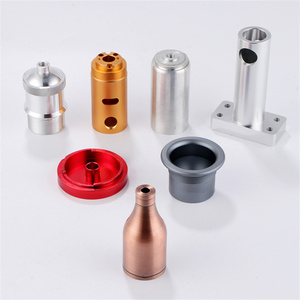






















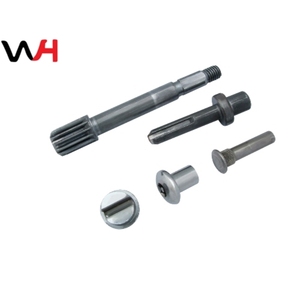
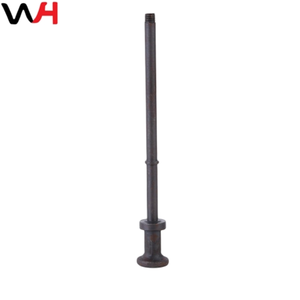




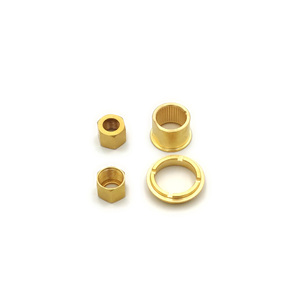



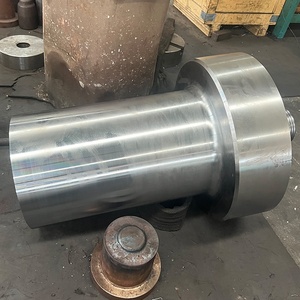
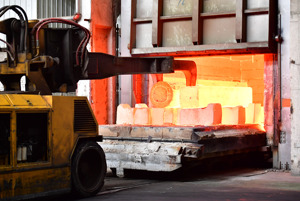




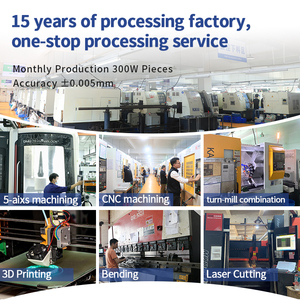




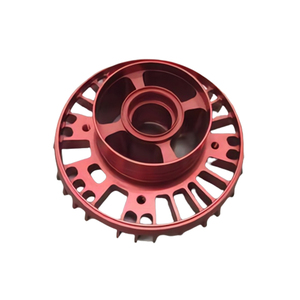





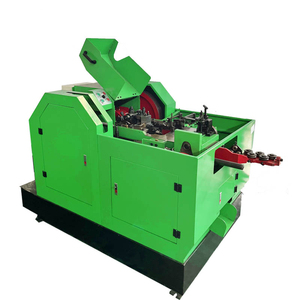

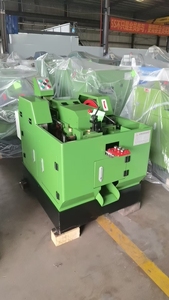
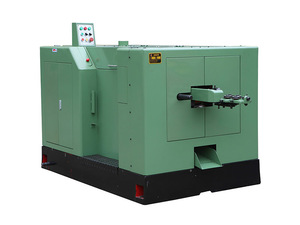




















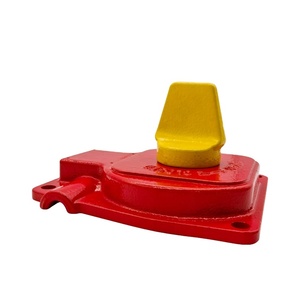

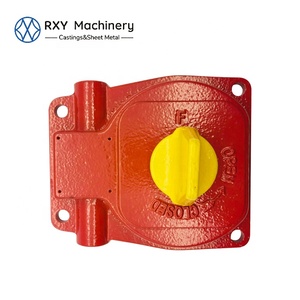








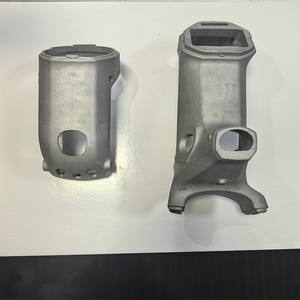
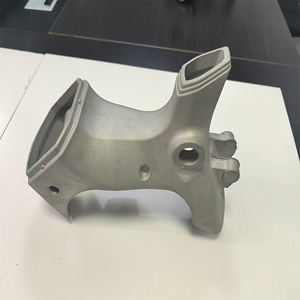




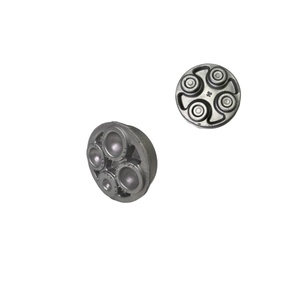


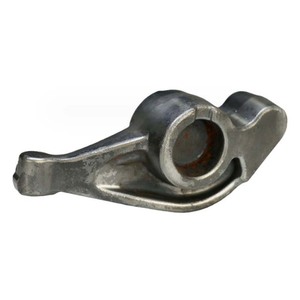

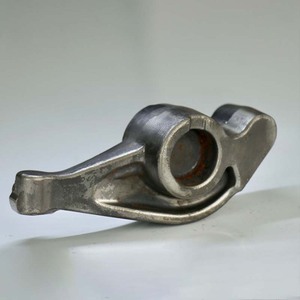




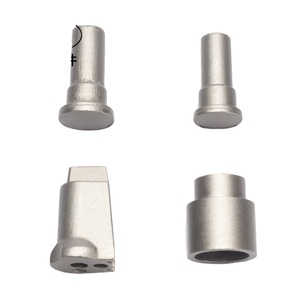
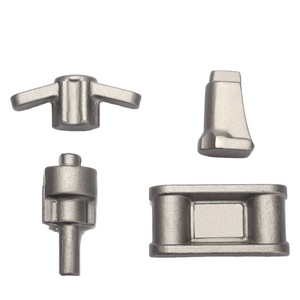
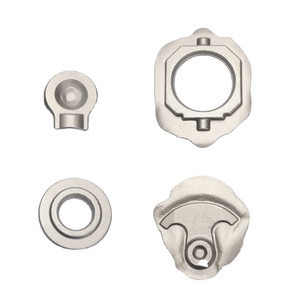


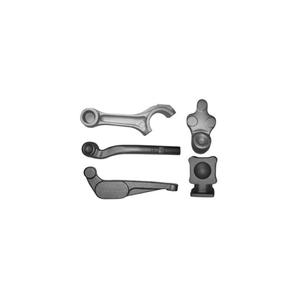
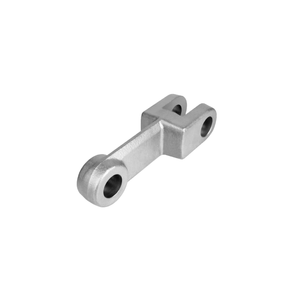

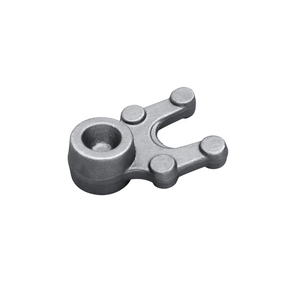





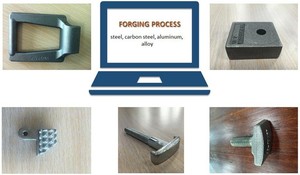





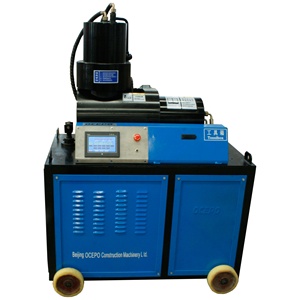

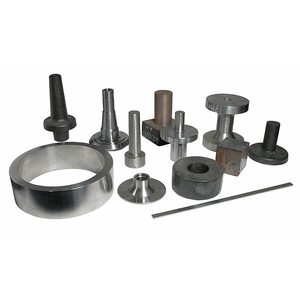




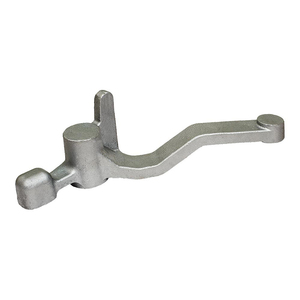







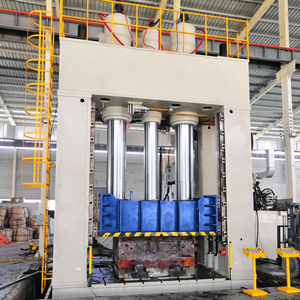


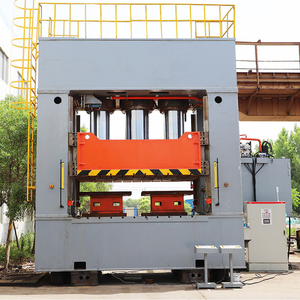



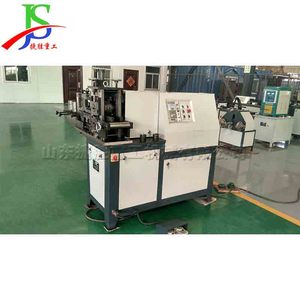


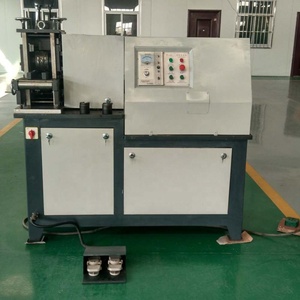
Forging is a manufacturing process that involves the shaping of metal using localized compressive forces. The cold forging process is a specific type of forging that is performed at or near room temperature. In contrast to hot forging, which involves heating the metal above its recrystallization temperature, cold forging is carried out at temperatures lower than the material's reformation point. The cold forging process is widely used in various industries to produce high-precision components with enhanced mechanical properties.
The materials used in the cold forging process play a crucial role in determining the quality and characteristics of the final forged parts. Common materials used in cold forging include aluminum, carbon steel, stainless steel, copper, and various alloys. These materials are chosen based on their formability, strength, and suitability for cold working. Aluminum is a popular choice for cold forging due to its excellent formability and lightweight properties. Carbon steel is selected for its strength and durability, making it ideal for producing components that require high mechanical performance. Stainless steel is preferred for its corrosion resistance and aesthetic appeal in applications where durability and a polished finish are essential. Copper is used in cold forging for its conductivity and malleability, making it suitable for electrical and heat transfer components. Alloys, such as brass and bronze, offer a combination of different properties, allowing for tailored solutions in specific cold forging applications.
The cold forging process finds extensive applications across various industries, ranging from automotive and aerospace to consumer electronics and healthcare. In the automotive sector, the cold forging process is used to manufacture critical components such as shafts, gears, and fasteners. The ability of cold forging to produce parts with high strength, tight tolerances, and improved fatigue resistance makes it a preferred choice in the automotive industry, contributing to lightweight designs and enhanced fuel efficiency. In the aerospace industry, the cold forging process is employed to fabricate complex and lightweight components for aircraft and spacecraft. The aerospace sector benefits from the cold forging process's capability to produce parts with precise geometries, reduced material waste, and superior structural integrity, meeting the stringent demands of the aerospace environment. The consumer electronics industry utilizes cold forging to manufacture connectors, housings, and heat sinks for electronic devices. The process enables the production of components with excellent electrical conductivity, thermal management, and dimensional accuracy, enhancing the performance and reliability of electronic products. The healthcare sector leverages cold forging to produce surgical instruments, orthopedic implants, and medical device components. The biocompatibility, strength, and corrosion resistance of materials processed through cold forging ensure the fabrication of safe and durable medical instruments, contributing to advancements in healthcare technology.
The cold forging and hot forging processes are two distinct methods of metal forming, each offering unique advantages and considerations. The primary difference between cold forging and hot forging lies in the temperature at which the shaping of metal occurs. Cold forging is performed at or slightly above room temperature, while hot forging involves heating the metal above its recrystallization temperature. This temperature disparity leads to fundamental distinctions in the material behavior, process characteristics, and properties of the forged components. In the context of material behavior, cold forging results in strain hardening, where the metal becomes stronger and tougher as a consequence of plastic deformation at lower temperatures. This phenomenon contributes to the enhanced mechanical properties, such as increased tensile strength and improved wear resistance, exhibited by components produced through cold forging. Conversely, hot forging, conducted at elevated temperatures, enables the metal to deform more easily, reducing the force required for shaping and lowering the risk of material fractures. Hot forging facilitates better material flow and fills complex die cavities with ease, making it suitable for manufacturing large parts with intricate geometries. In contrast, cold forging excels in producing small to medium-sized components with precise details and fine surface finish. The choice between hot forging cold forging and cold forming and hot forming depends on several factors, including material type, part complexity, dimensional accuracy, and desired mechanical properties. While cold forging offers advantages in terms of improved material strength, dimensional accuracy, and surface finish, hot forging is preferred for its enhanced formability, reduced forming forces, and the ability to process a wide range of metals, including those with high strength and limited ductility.